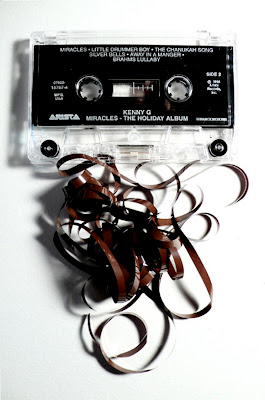
image: Jennie C. Jones

II. “THE MFA THING IS AN
INVENTION OF THE ’70S.
ITS RAISON D’ÊTRE IS EVAPORATING.”SH: So what makes you happy and what makes you sad in culture right now?
DH: You know, I’m deeply engaged in culture, but I’m well out of the trenches, which means if I talk, I talk Frank Gehry. I don’t talk younger architects. I talk Ellsworth Kelly. And I’m happy for that, because when you’re a younger critic you can almost never get the chance to write about people who are older than you are—people who really influenced you—and that’s kind of fun. But there are no public venues to write about art anymore, except for three or four permanent jobs that my friends do and I never could. Mostly I write for commercial galleries these days. There are no serious art magazines.
SH: So there’s no place to talk about art?
DH: No, and my particular age of the critic is just over. There are no influential midcareer critics today. I think part of that is circumstance, in the sense that a whole generation of critics died of AIDS in the ’80s. It was like the plague that wiped out two generations of Neapolitan painters in the sixteenth century. They’re just gone, and those dead guys from the ’80s should be writing most of what I’m writing now, and I should be left to play blackjack.
SH: OK, so what are the supposed art magazines interested in hearing about, if not about art?
DH: They want touting. In twenty years we’ve gone from a totally academicized art world to a totally commercialized art world, and in neither case is criticism a function. We’re all supposed to be positive about art. Nobody plays defense! I mean, my job, to a certain extent, is to be in the net. My job is to mow stuff down.
SH: So in what kind of structure would there be a place for criticism?
DH: Well, I came into an art world of volunteers—six thousand heavily medicated, mysteriously employed human beings who were there because they wanted to be, you know? And all they wanted was to be right—not safe, not rich, not fair, but right! Now we have this vast bureaucratic structure of support. Everybody’s a poll watcher. Nobody’s a voter. We’ve got millions of people devoted to the whole idea that art’s supposed to be fair and good for you. But art’s not too fair, you know? Why should you be publishing books and not your friends? Because it’s not fair, that’s why.
SH: Yeah, whatever.
DH: Anyway, the art world is way too big right now. The art world I came up into was very much like the jazz world I grew up in, which is to say, a relatively small thing. If you got to go see Miles Davis in a little bar on La Brea, that was great, and you didn’t sit around saying, “There was no coverage in the New York Times! Miles is not going to get any reviews!” You know what I’m saying?
SH: Sure, it was for yourself. You were happy.
DH: Right, you were happy to be there, and if the art world today shrunk down to the size and scale of the jazz world, I would be happier now. Things would be freer and a lot less tedious.
SH: I suppose the schools have something to do with the change—the craziness that you have to get an MFA to be an artist.
DH: Thirty-five thousand MFAs a semester, 90 percent of whom never make another work of art.
SH: And do you think that that kind of system produces—
DH: Almost no one. Idiots with low-grade depression. When I opened my gallery in the late ’60s, Peter Plagens—who’s now the critic for Newsweek and still shows his paintings—was the only artist I represented who had been to graduate school. The MFA thing is an invention of the ’70s. Its raison d’être is evaporating.
SH: Which is?
DH: Training sissies for teaching jobs. Well, the official raison d’être was to create an intellectual and pedagogical justification for the most frivolous activity in Western culture, so you go back and read things from the past. It’s the traditional Renaissance desire that artists should be taken seriously, and that art not be a practical but a liberal art. But I tend to think it’s a practice, like law or like medicine.
Read the full interview here at The Believer. many many gems as always!